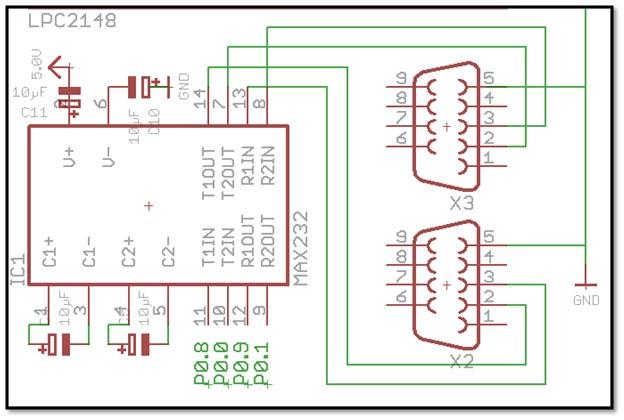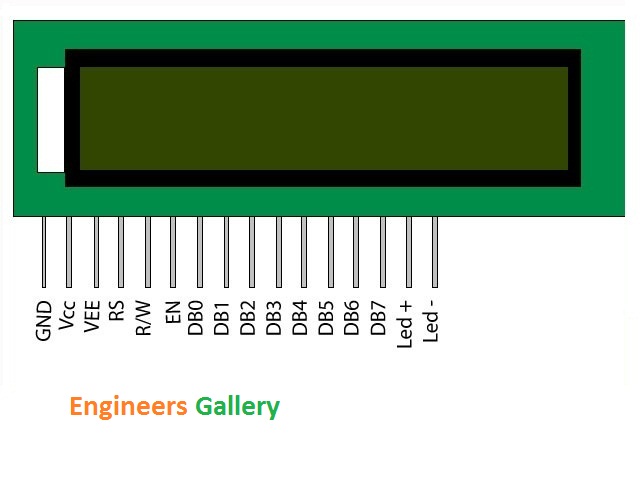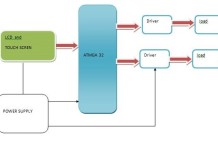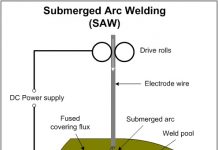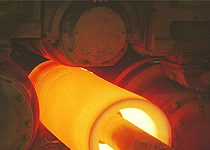Physical Properties of Metals
A physical property is any property that is measurable, whose value describes a state of a physical system. The changes in the physical properties of a system can be used to describe its transformations or evolutions between its momentary states. Physical properties are often referred to as observables. They are not modal properties. Quantifiable physical property is called physical quantity.
It may be difficult to determine whether a given property is a material property or not. Color, for example, can be seen and measured; however, what one perceives as color is really an interpretation of the reflective properties of a surface and the light used to illuminate it. In this sense, many ostensibly physical properties are called supervenient. A supervenient property is one which is actual, but is secondary to some underlying reality. This is similar to the way in which objects are supervenient on atomic structure. A cup might have the physical properties of mass, shape, color, temperature, etc., but these properties are supervenient on the underlying atomic structure, which may in turn be supervenient on an underlying quantum structure.
The important physical properties of the metals are density, color, size and shape (dimensions), specific gravity, porosity, luster etc. Some of them are defined as under.
1. Density
Mass per unit volume is called as density. In metric system its unit is kg/mm3. Because of very low density, aluminium and magnesium are preferred in aeronautic and transportation applications.
2. Color
It deals the quality of light reflected from the surface of metal.
3. Size and shape
Dimensions of any metal reflect the size and shape of the material. Length, width, height, depth, curvature diameter etc. determines the size. Shape specifies the rectangular, square, circular or any other section.
4. Specific Gravity
Specific gravity of any metal is the ratio of the mass of a given volume of the metal to the mass of the same volume of water at a specified temperature.
5. Porosity
A material is called as porous or permeable if it has pores within it.
Reference Introduction to basic Manufacturing Processes and Workshop Technology by Rajender Singh.





